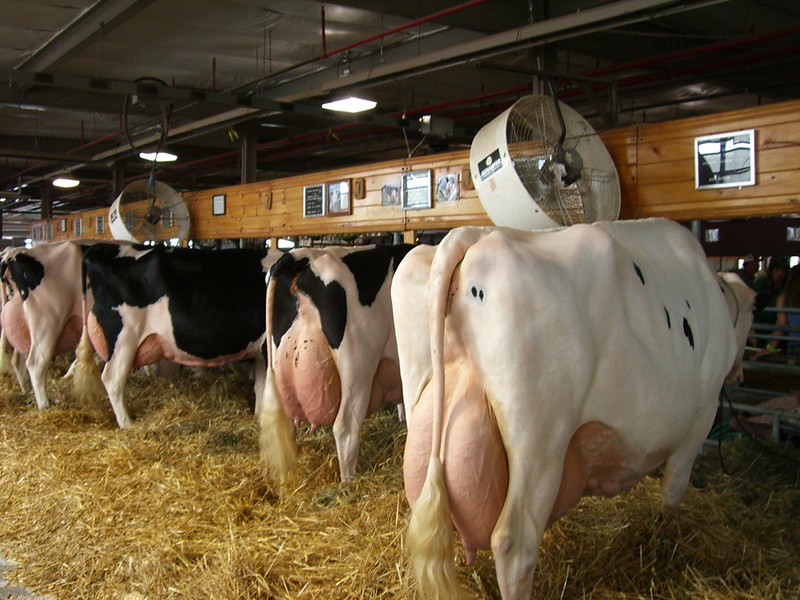
H5N1 infection was fatal to six ferrets after ocular inoculation with the virus, according to a study today in Emerging Infectious Diseases.
The virus used in the experiment was A 2.3.4.4b, a highly pathogenic avian influenza A(H5N1) virus isolated from a human patient in Chile in 2023.
The ferrets were inoculated with both low and high doses of the virus via the ocular route. All ferrets inoculated with a high dose of virus had detectable infectious virus in nasal wash, the authors said, and the magnitude and frequency of viral titers in these specimens was reduced, but still present, in animals inoculated with a low dose.
"Our finding that a clade 2.3.4.4b H5N1 virus isolated from a human can exhibit a virulent and transmissible phenotype after nontraditional inoculation, even with a low dose of inoculum, underscores the public health threat posed by those IAVs [influenza A viruses]," the authors said.
Our finding that a clade 2.3.4.4b H5N1 virus isolated from a human can exhibit a virulent and transmissible phenotype after nontraditional inoculation.
Low and high doses of virus infected animals
Late last week, a study showed the current strain of H5N1 infecting US dairy cattle was fatal to ferrets. The strain used in that study came from a Texas dairy farmworker who was sickened with the virus.
So far, three agricultural workers in the United States have been infected with the virus during ongoing farm outbreaks, all with mild illness. The first two workers reported eye infections.
"Considering the myriad ways humans may be exposed to IAVs, our study supports the need to consider nontraditional inoculation modalities in risk assessment activities and supports consideration of using eye protection in potentially contaminated environments," the authors concluded.


.jpg)













